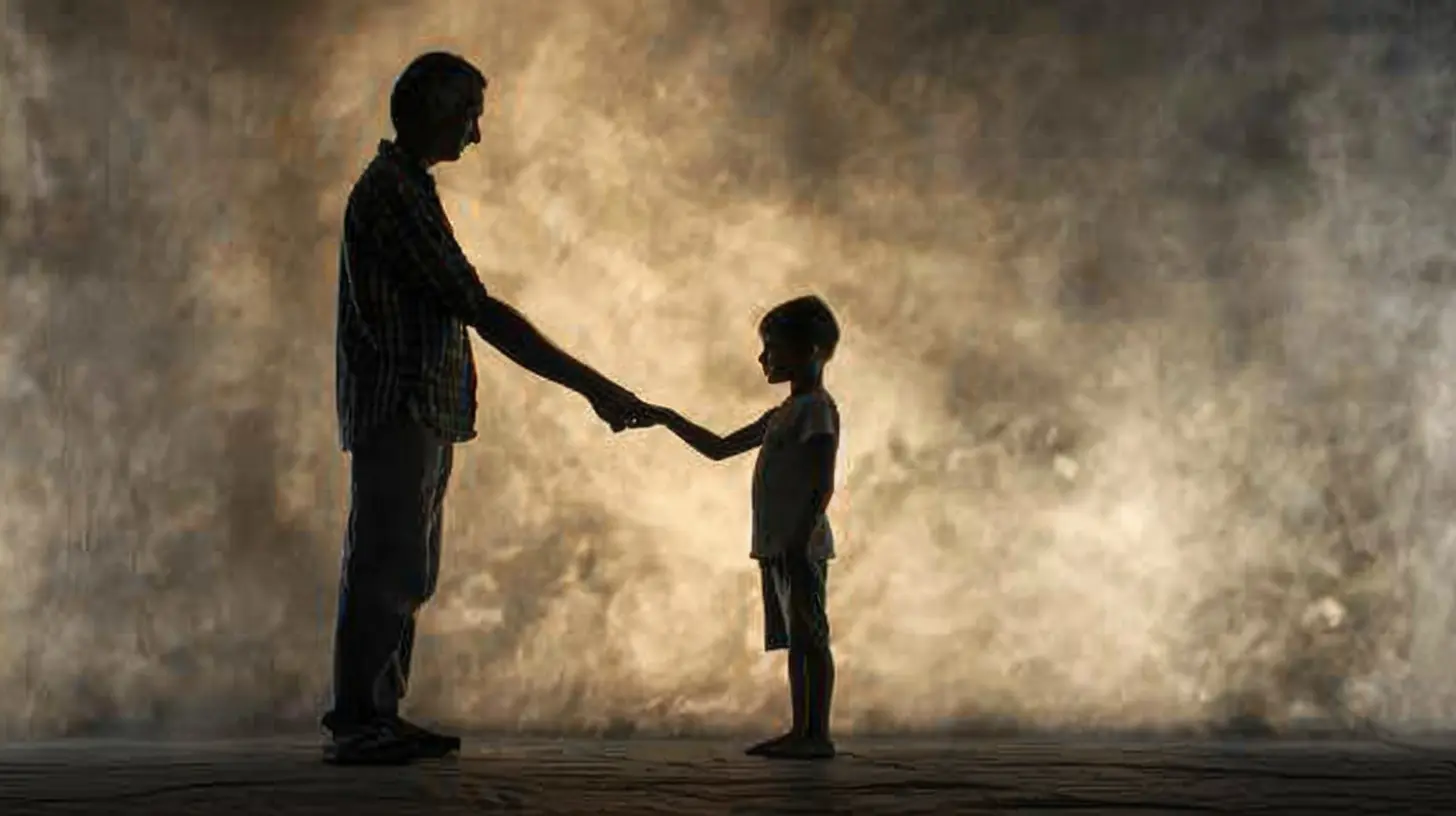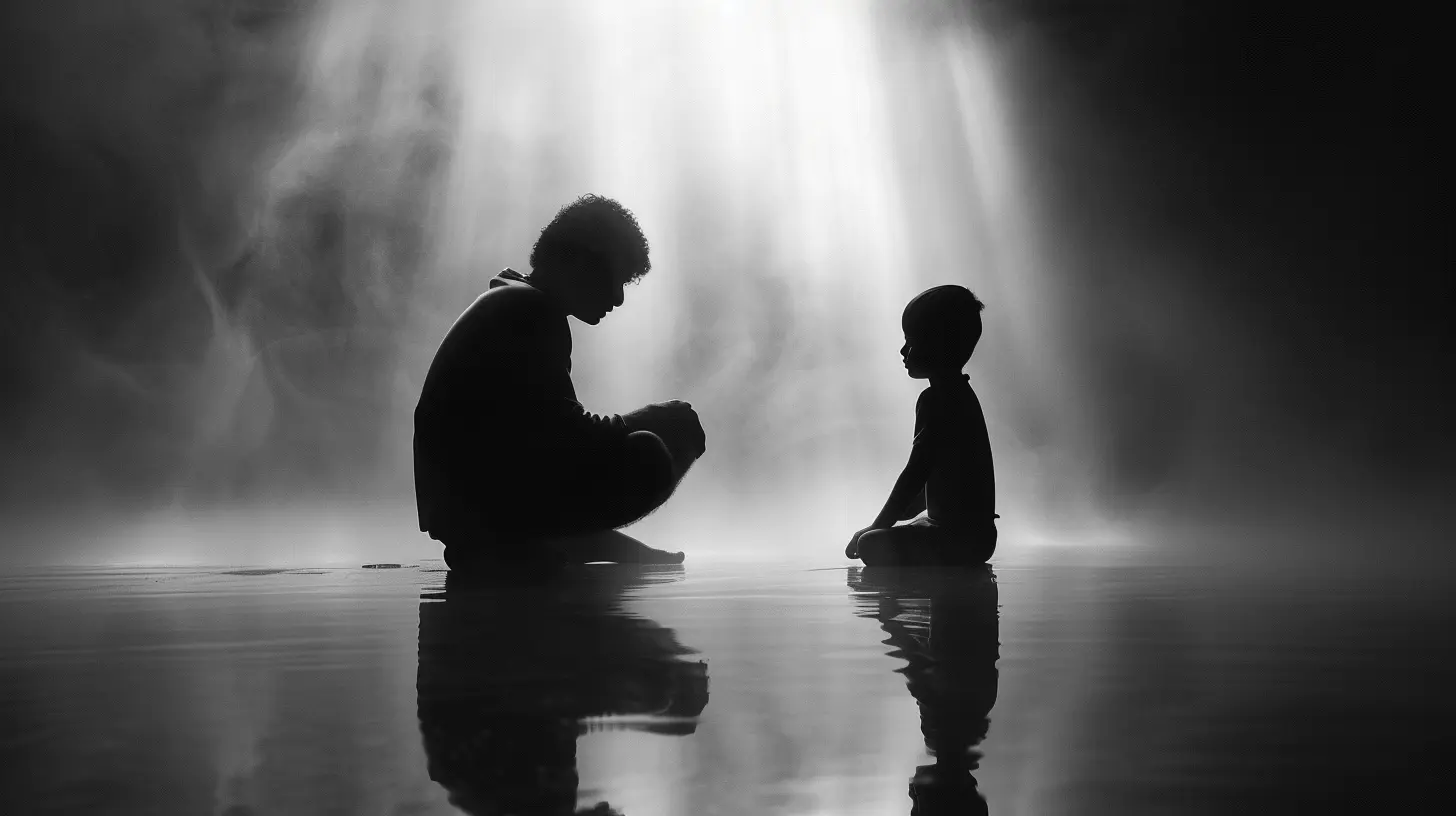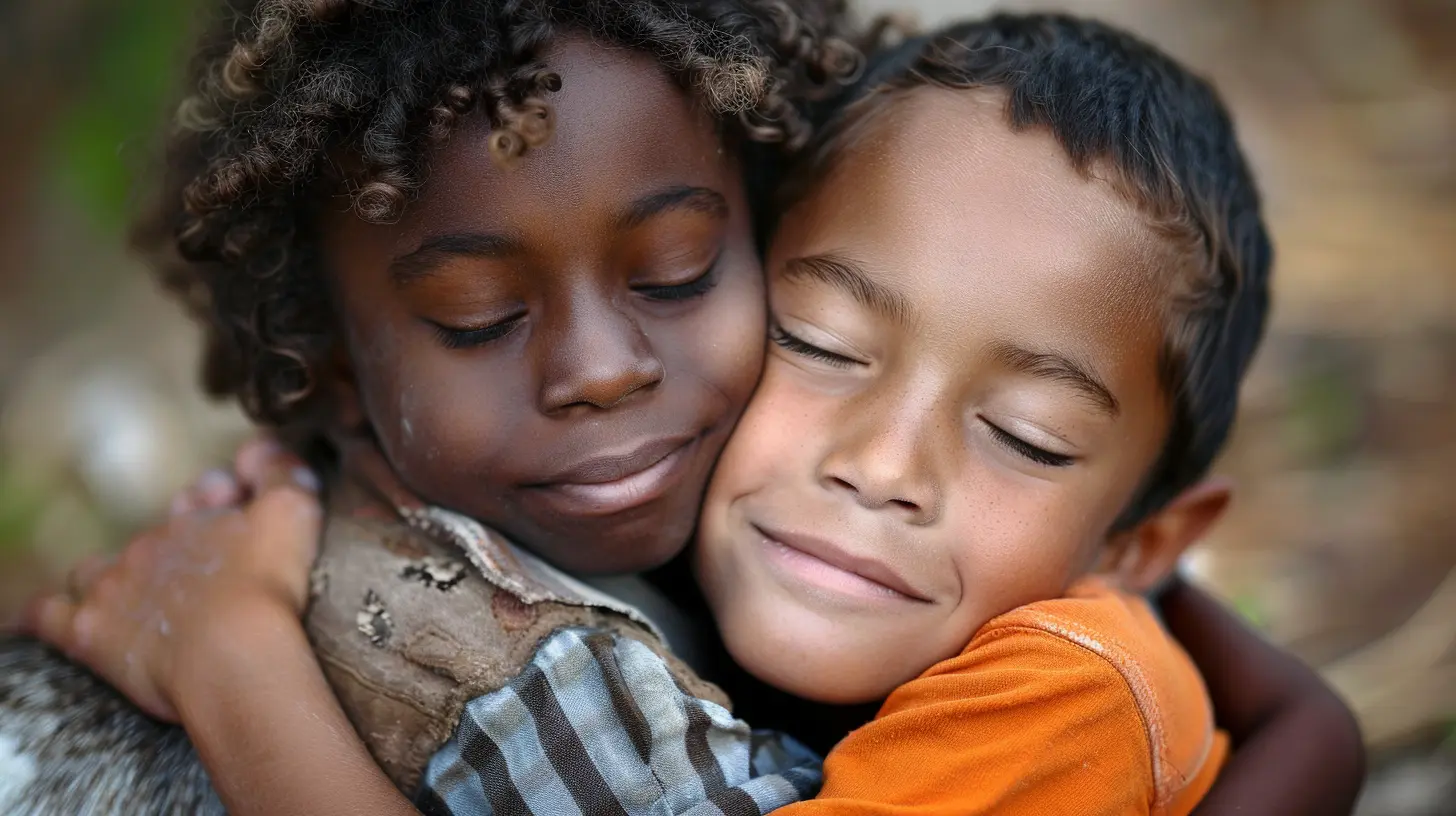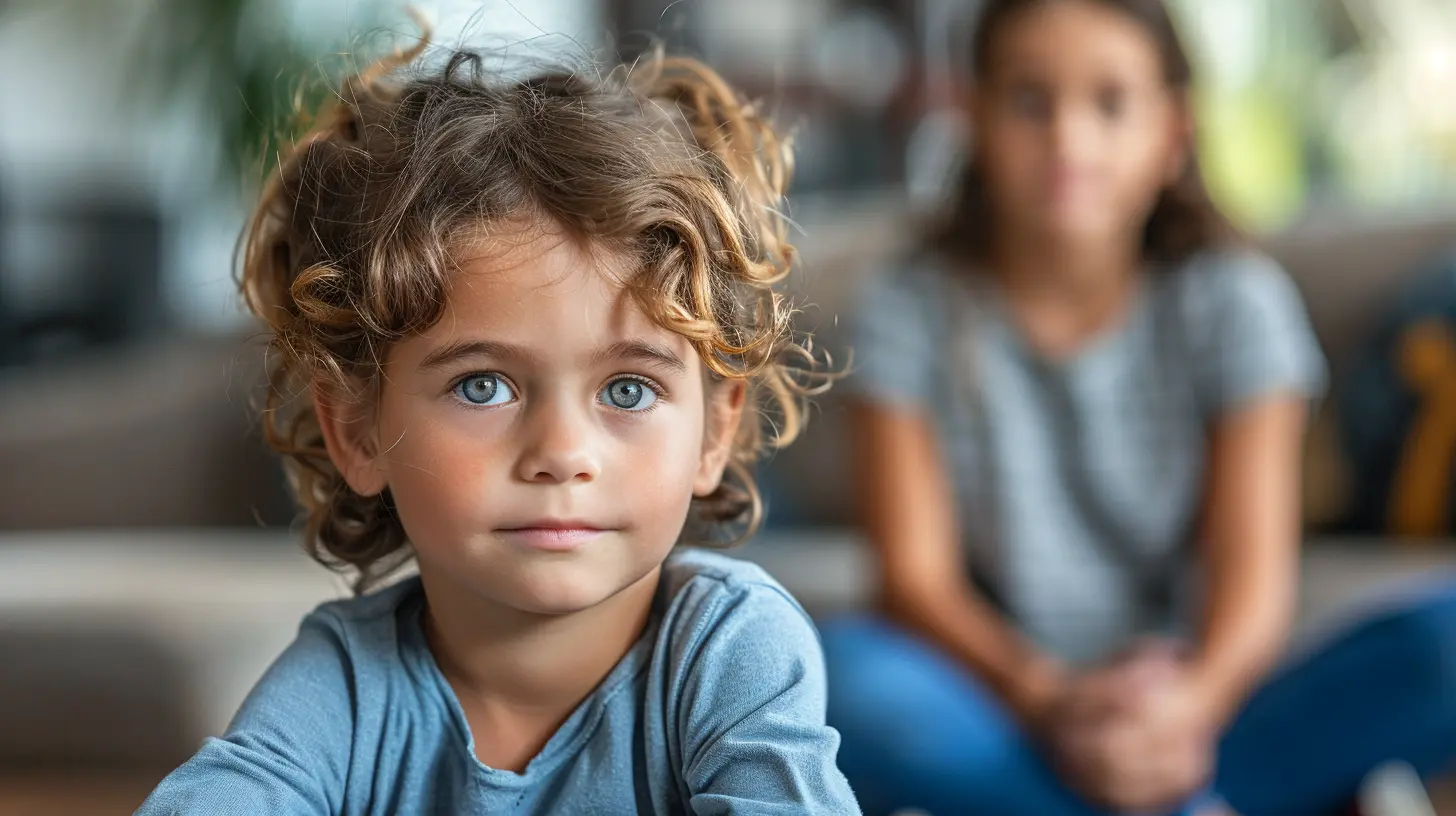Teaching Children the Importance of Empathy
11 June 2025
Empathy—it’s what makes us human. It’s that little nudge inside that says, “Hey, imagine how they feel!” But here’s the kicker: Kids aren’t born knowing empathy. They’re born screaming for food, throwing toys, and (adorably) thinking the world revolves around them. So, how do we transform tiny egocentric humans into kind, understanding, and compassionate individuals?
Buckle up because we’re about to dive deep into fun, practical, and slightly unusual ways to teach kids the magic of empathy. 
What is Empathy, and Why Should Kids Care?
Empathy isn’t just about saying “sorry” when someone gets hurt. It’s about feeling with someone, stepping into their shoes—even if those shoes are way too big or covered in mud. It helps kids build better friendships, communicate effectively, and grow into adults who actually care about the world around them (which, let’s be real, we desperately need).When kids get empathy, they:
✔ Make meaningful connections
✔ Handle conflicts better
✔ Become genuinely kind (not just polite for the sake of it)
And hey, who wouldn’t want their child to be known as the kind and thoughtful one instead of the “Why is he licking the dog?” kid? 
1. Lead by Example (Monkey See, Monkey Do)
Here’s the thing—you can lecture kids about empathy until you’re blue in the face, but if they see you rolling your eyes when Grandma tells the same story for the 67th time, they’ll copy that.Children are like little sponges, soaking up everything you do and say (yes, even the words you wish they hadn’t heard). So if you want empathetic kids, start by modeling empathy yourself:
- Talk kindly—to service workers, neighbors, and even the grumpy guy at the grocery store.
- Show patience—especially in frustrating situations (traffic jams, spilled juice, endless potty-training failures).
- Listen actively—when your child tells a story, show interest. If they see you valuing their emotions, they’ll do the same for others.
Want to raise empathetic kids? Be an empathetic human. No pressure, right? 
2. Read Books That Tug at the Heartstrings
Stories have this incredible way of making kids feel things. One minute, they’re laughing at a goofy character, and the next—they’re worried about a lost puppy or a sad little elephant.Books that tackle feelings, struggles, and different perspectives gently introduce the concept of empathy. Some great ones to start with:
📖 “The Invisible Boy” by Trudy Ludwig – Shows the power of inclusion
📖 “Each Kindness” by Jacqueline Woodson – Highlights missed opportunities for kindness
📖 “Have You Filled a Bucket Today?” by Carol McCloud – Teaches how small acts of kindness matter
After reading, ask questions:
- “How do you think that character felt?”
- “What would you do in that situation?”
- “Have you ever felt like that before?”
Books = a secret empathy-building weapon. Use them wisely. 
3. Encourage Perspective-Taking (A Fancy Way of Saying “What If?”)
Ever heard a kid say something outrageously blunt, like, “That man is really old and wrinkly!” Yeah, no filter.Kids don’t always see the impact of their words or actions. One way to teach empathy? Get them to think from another person’s perspective. Try these:
👟 The Shoe Swap Game – Ask, “What if you were in their shoes?” (Not literally… unless you’re playing dress-up.)
🎭 Role-Playing Scenarios – Pretend-play situations where feelings are involved: “How would you help a friend who lost their toy?”
🧠 Empathy Mapping – Draw or talk about what someone else might be thinking, feeling, or experiencing in different scenarios.
The more they practice imagining different perspectives, the better they’ll be at spotting emotions in real life.
4. Teach Emotional Intelligence (AKA “Name That Feeling”)
Empathy starts with understanding emotions—both our own and others'. If kids can’t identify their own feelings, how will they recognize them in someone else?Make emotions part of daily conversation:
- Instead of, “Stop crying,” try “I see you’re upset. What’s going on?”
- Label feelings when reading books or watching movies: “Look at her face—how do you think she’s feeling?”
- Use an emotions chart—especially for younger kids learning to express themselves.
When kids get comfortable with their emotions, they naturally become more attuned to the feelings of others. It’s like emotional training wheels!
5. Expose Them to Different Perspectives (Beyond Their Bubble)
Let’s be real—if kids only interact with people who look, speak, and live exactly like them, their empathy muscles won’t get the workout they need.Try this:
- Volunteer Together – Serve food at a shelter, visit senior homes, or participate in community cleanups. Seeing others’ struggles firsthand builds compassion.
- Travel (Even Virtually!) – Watch documentaries, explore different cultures, or connect with kids from diverse backgrounds through pen-pal programs.
- Celebrate Differences – Teach them that kindness has no borders, and everyone’s story matters.
The world is big. Let them see it!
6. Praise Empathy When You See It (Reinforce the Good Stuff!)
Kids love attention. Show them that kindness and empathy are things to be proud of!Instead of just “Good job!” after they do something kind, be specific:
- “Wow, I loved how you helped your friend when they were sad. That was really thoughtful!”
- “I saw you sharing your toy without being asked. That’s so kind of you!”
When kids realize empathy is valued, they’ll be more likely to keep doing it. Everybody wins.
7. Teach Through Play (Because Lectures Are Boring)
Kids learn best when they’re having fun. Use games and creative activities to sneak in empathy lessons:🎭 Charades – Act out different emotions and have them guess!
🎲 Board Games Like "Guess Who?" – Teaches observation and considering others' perspectives.
🧸 Stuffed Animal “Therapy” – Have kids “talk” for their stuffed animals. Example: “Mr. Bear looks sad. What do you think happened?”
Sneaky and effective? That’s the parenting jackpot.
8. Help Them Fix Their Mistakes (Not Just Say “Sorry”)
Let’s be honest—kids apologize a lot, but most of the time, it’s because they’ve been forced to. Apologies should be meaningful, not robotic.Instead of a routine “Say sorry,” try:
- “What do you think you can do to make it right?”
- “How would you feel if that happened to you?”
- “What could you do differently next time?”
Helping kids actually fix their mistakes teaches accountability and builds empathy. Win-win.
Final Thoughts: Raising Kind Humans Starts Now
Empathy isn’t just a “nice-to-have” skill—it’s essential. It shapes how kids interact with others, view the world, and ultimately, who they become.By leading with kindness, sharing different perspectives, and making empathy a daily practice, we can raise a generation that truly cares. And let’s be honest—the world could use more of that.
So, next time your child snatches a toy or makes a brutally honest comment about Uncle Bob’s weird haircut, take a deep breath. Teaching empathy takes time, but the results? Absolutely worth it.
all images in this post were generated using AI tools
Category:
Parenting TipsAuthor:

Kelly Snow
Discussion
rate this article
2 comments
Tracie Riggs
Empathy shapes compassionate, kind-hearted kids.
June 12, 2025 at 3:54 PM

Kelly Snow
Absolutely! Empathy is the foundation for raising compassionate and kind-hearted individuals, fostering a more caring society.
Ashira McGivern
In a world where shadows often mask true intentions, nurturing empathy in our children unlocks the door to deeper connections. What secrets lie within their understanding of others?
June 11, 2025 at 4:43 AM

Kelly Snow
Absolutely! Fostering empathy in children not only enhances their relationships but also cultivates a more compassionate society. Their understanding of others is the key to building trust and meaningful connections.


